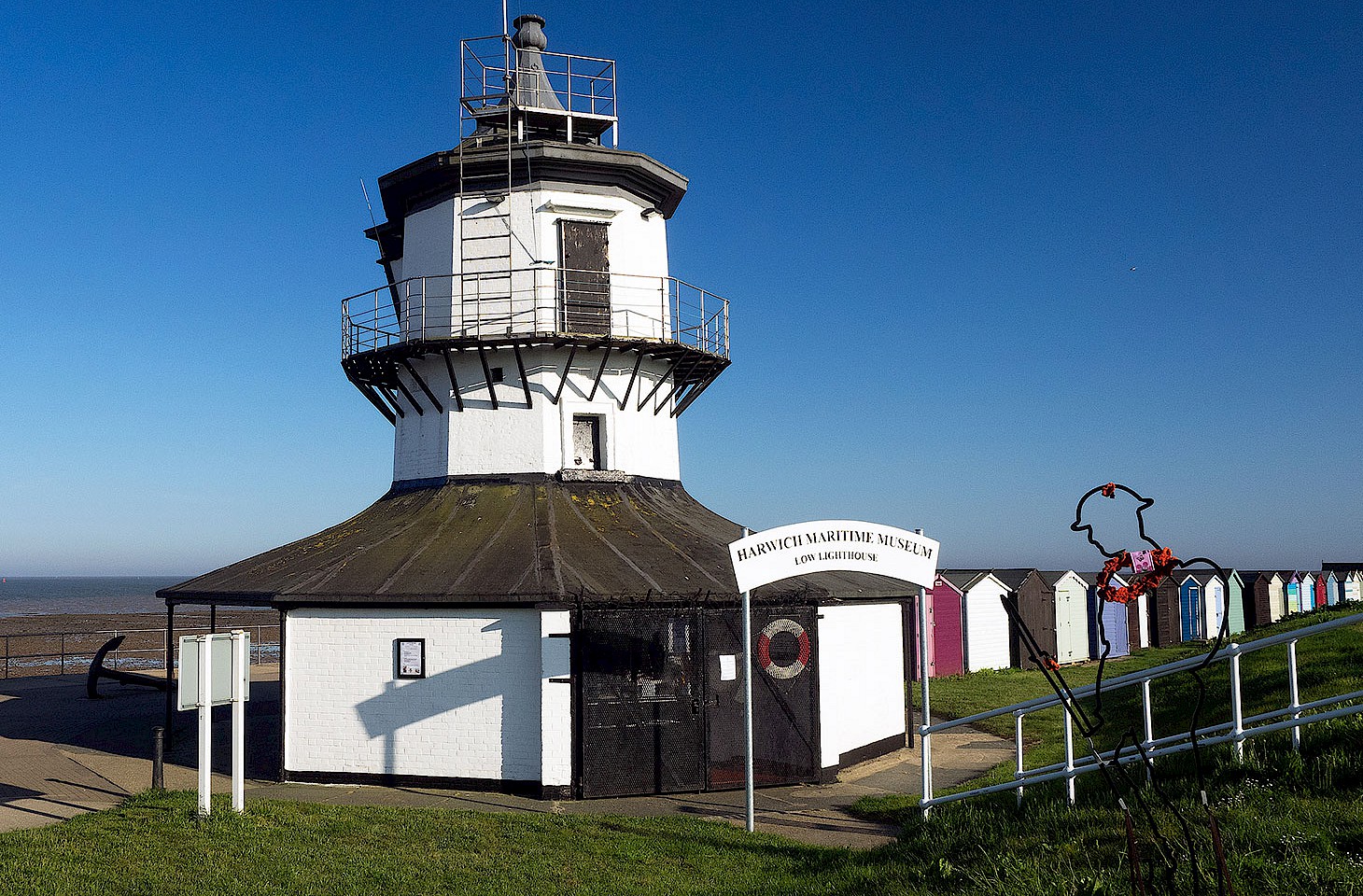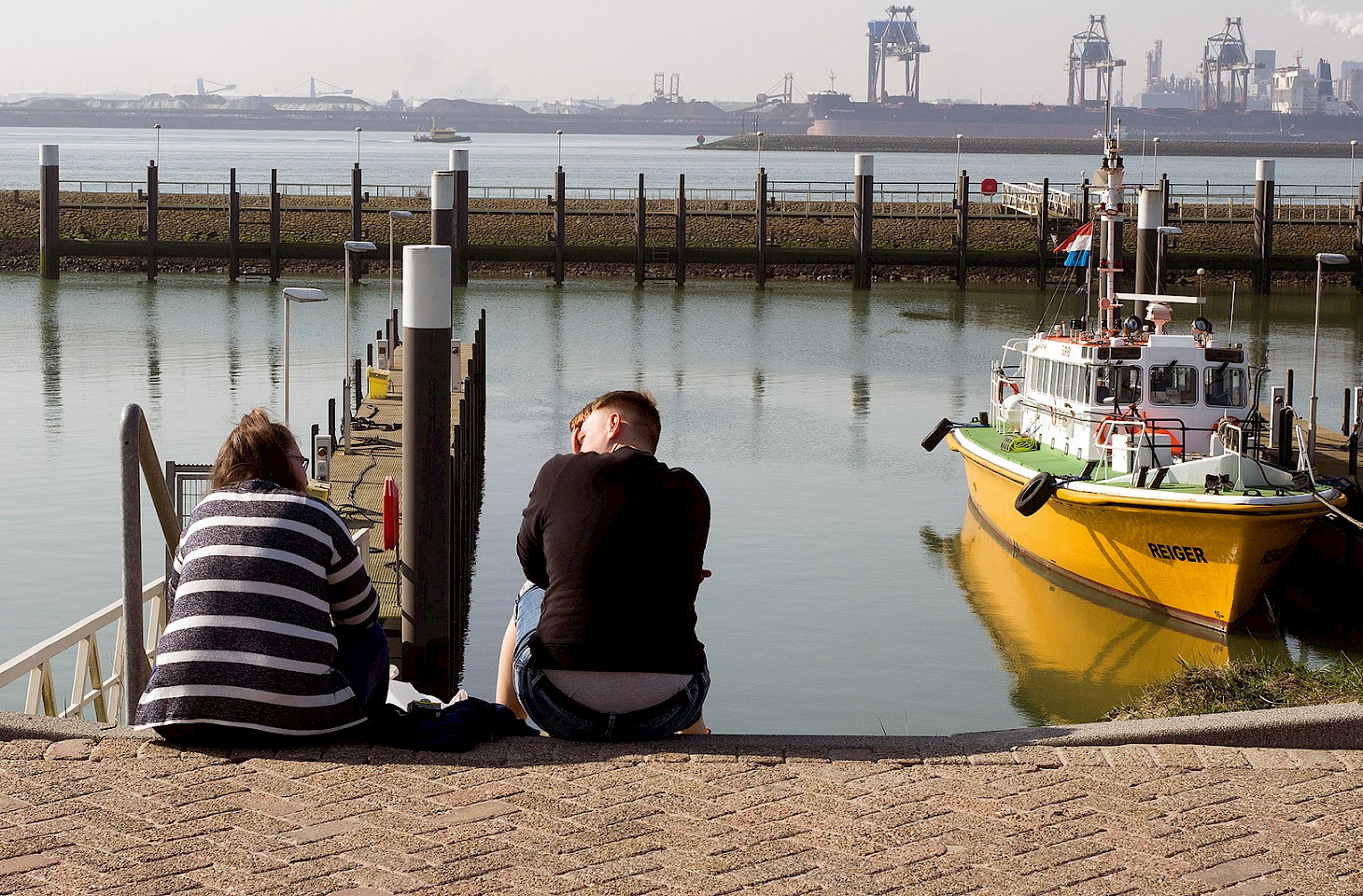For many visitors, arriving in Germany from Britain, Belgium or the Netherlands, Cologne is their first taste of Germany. The Rhineland city is a place for Roman ruins and religious relics, a city that has atmospheric crypts and even — under one of the university buildings — an artificial coal mine. Urban explorer Duncan JD Smith has written before for hidden europe, with articles on subterranean Vienna (HE27) and underground Budapest (HE30). Here, he describes an unusual expedition below the streets of Cologne.
In 1828 the English poet Samuel Taylor Coleridge made reference to the lack of sewers in Cologne. He noted that the city had “two and seventy stenches, all well defined, and several stinks!” It is difficult to imagine living in such a city. Like other cities across Europe, Cologne’s population was burgeoning in Coleridge’s day — and so too was its volume of wastewater. With no means to process it, raw sewage was channelled into the river along open ditches, filling the narrow streets of the Altstadt with noxious odours and spreading disease.
The first modern sewage systems in Europe were built in London and Paris during the 1850s, and consisted of a radial network of brick-built tunnels conveying effluent discreetly away from built-up areas. Unfortunately for Cologne, a safe and reliable public water supply was not made available until 1863, despite repeated (but apparently unaffordable) offers from both German and English sanitary engineers.



